LGI Limited currently operates 26 projects on Australian landfills, seven of which generate energy by capturing biogas, mostly methane, emitted from the sites and converting it using a genset.
Listing on the Australia Stock Exchange or ASX, the company is currently holding an IPO (Initial public offering) to raise $25 million – money it plans to put towards expanding its operations, including adding battery storage to its projects.
“The beauty for us is we’ve got a 24 hour a day fuel source so we can recharge all the time,” LGI’s Managing Director and Founder Adam Bloomer tells pv magazine Australia.
LGI estimates there are more than 200 landfill sites in Australia that could support biogas projects, with the company commissioning a new site in Toowoomba, southern Queensland, next month and developing another in Nowra on the New South Wales south coast for 2023.
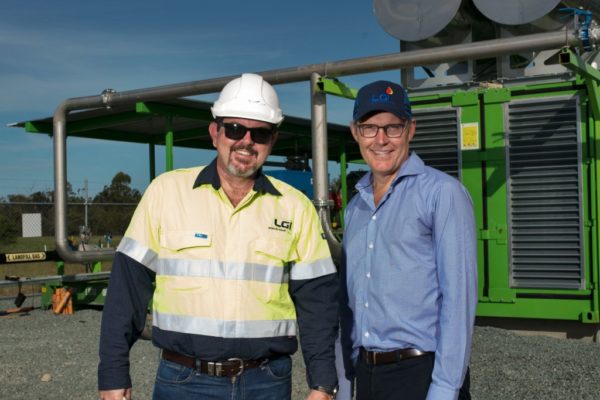
Image: LGI Limited
To date, most of LGI’s projects have been on sites owned by local councils across Queensland, New South Wales and the capital territory.
Bioenergy contentions
The broad umbrella of bioenergy holds a wide range of ‘renewable’ generation approaches of varying contention, something not lost on Bloomer. While LGI has been approached about generating renewable natural gas, or RNG, it isn’t a path Bloomer deems particularly promising.
First off, it takes enormous amounts of biogas to make RNG, he says, and it isn’t a particularly efficient way of generating energy, especially since, secondly, everything is already electrifying.
Burning plant matter, another form of bioenergy classed as renewable, has also come under renewed scrutiny in Australia. A Senate committee last week proposed the government amend a the Climate Change Bill 2022 to exclude electricity generated from native forest wood waste as being classified ‘renewable’.
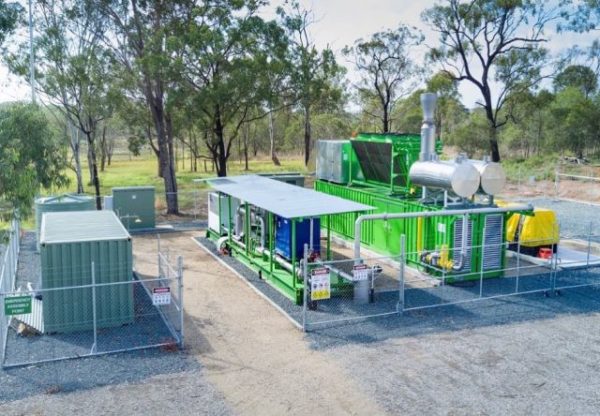
Image: LGI Limited
Whether bioenergy could even be significant contributor to Australia’s power mix, as report ‘Australia’s Bioenergy Roadmap’ prepared by Deloitte and Enea suggested, Bloomer finds questionable. “You would have to be cropping,” Bloomer says. “Unless it’s a waste stream, it doesn’t make sense to me.”
Waste to energy
While Australia’s use, or rather overuse, of landfill sites is certainly no cause for celebration, Bloomer’s approach is pragmatic. “Australia will continue to rely on landfills for the foreseeable future and there is an increasing need to manage their emissions,” he says.
“Whether we’re there or not, that methane was going to come out of that site.”
In terms of what LGI actually does at its project sites depends on the amount of gas the particular landfill emits. Firstly the company begins by running a network of pipes and wells into the landfill and applying a vacuum to pull the gas towards the wells.
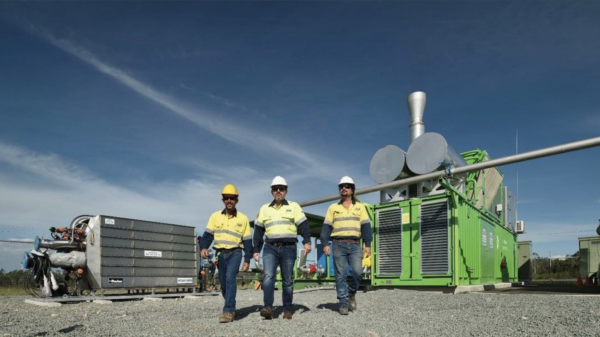
“Before we put a power generator on a site, we have to prove there’s enough gas there to make the investment, so we flare before we do that – we combust the gas essentially,” Bloomer explains.
If there is a viable amount of rotting things down there, LGI will bring in its specialised biogas generators. “They’re just big internal combustion engines really that are optimised for landfill gas or biogas,” Bloomer says.
“In a perfect world, you’d capture the CO2 that comes off the engine and sequester it but the technology just isn’t there to make it commercially viable at the moment.”
In terms of the generation form’s renewable classification, Bloomer says: “by the definition of renewable, it’s actually not.”
“It’s a green energy, but it falls under the renewable energy banner.”
Building hybrid projects
Bloomer says LGI has been working on integrating batteries into its project for a number of years – but, like many, had been waiting for the prices to drop.
The batteries won’t increase the MWh from LGI’s sites, but will rather afford the capacity to seize high prices for five minute intervals when they occur on the spot market.
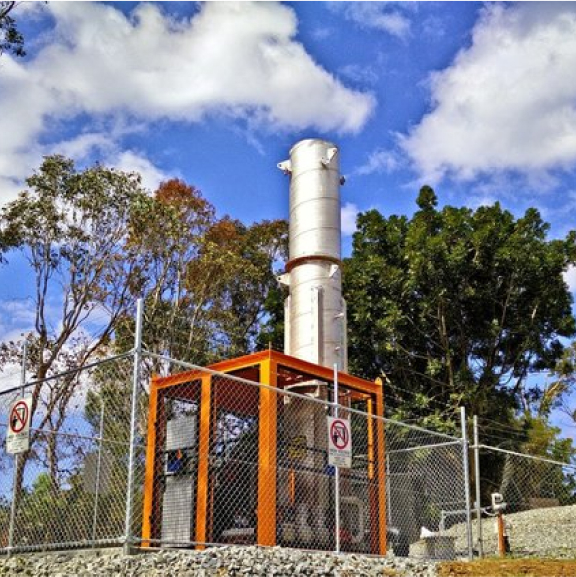
“Whereas we might have a 1 MW site now, we can stick 4 MW worth of batteries on it and have an instantaneous output of 5 MW on those sites,” Bloomer says.
LGI has also developed its own control system and algorithm for the batteries in house, a component Bloomer says is important because its tailored to the generation type and energy source of their projects – which are markedly different from wind and solar.
While not initially sold on Tesla, the US giant won favour with Blommer who says the company has proved flexible to deal with and among the best value.
Methane flaring
Not all landfill sites have enough gas to justify power generation, Bloomer says. “Or they’re not close enough to the network to make it viable.” In those cases, LGI simply converts the methane to CO2 by flaring it.
“Methane on its own has a massive global warming potential – its 28 times that of CO2 – so by combusting it, we’re reducing the greenhouse gas effectiveness.”
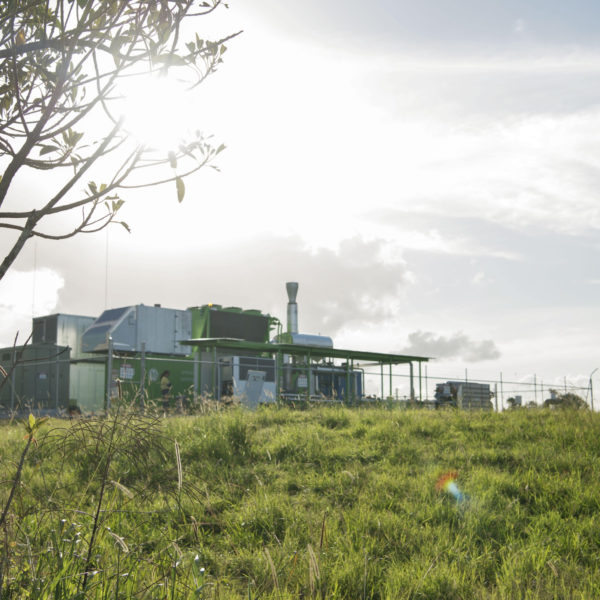
“That’s a pretty significant part of our business and one we’re going to keep growing. They’re good projects and low hanging fruit – lots of emissions reductions for not a massive outlay.”
Asked if there’s any alternative for the methane, Bloomer says: “unfortunately no” – not besides capturing and bottling it. “But it would cost you $400 to fill up a BBQ gas bottle so it doesn’t make a lot of sense.”
ACCU review
LGI makes a portion of its income from electricity generation, with other streams coming from the government backed Large-Scale Generation Certificates or LGCs, as well as Australian Carbon Credits Units, or ACCUs.
Australia’s carbon credit system has gone from scandal to scandal in the last year, with the new Labor government recently calling a review into the sector – a move Bloomer warmly welcomed.
“I think there’s room for improvement in the methodology we operate under and that’s what we’ll put forward to Ian Chubb and the like.”
“It should be fairly simply to calculate how many ACCUs you’re going to make over a period of time and what your baseline is going to be, and at the moment it’s just not simple,” Bloomer says. “And some of that complexity has come through lobbying.”
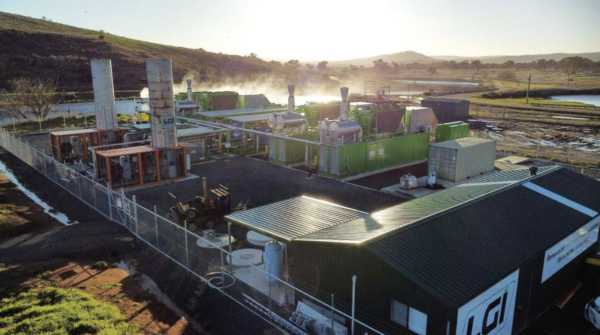
Bloomer blames historic decisions on some of the sector’s disrepute – saying its a shame landfill gas has come into question. “We have a flow meter that’s calibrated and if we’re audited, we can prove absolutely how much gas is being flowed and being destroyed. There’s not sort of assumptions,” he says.
“And also with landfill gas, there’s a continuing investment to continue creating ACCUs. We don’t just sort of spend money once and then sit back and collect ACCUs for 20 years.”
IPO details
LGI’s IPO will run until September 23.
After the float, 38% of shares on issue will be held by directors and management, with 43% owned by other existing shareholders and 19% offered to new shareholders through the IPO.
This content is protected by copyright and may not be reused. If you want to cooperate with us and would like to reuse some of our content, please contact: editors@pv-magazine.com.
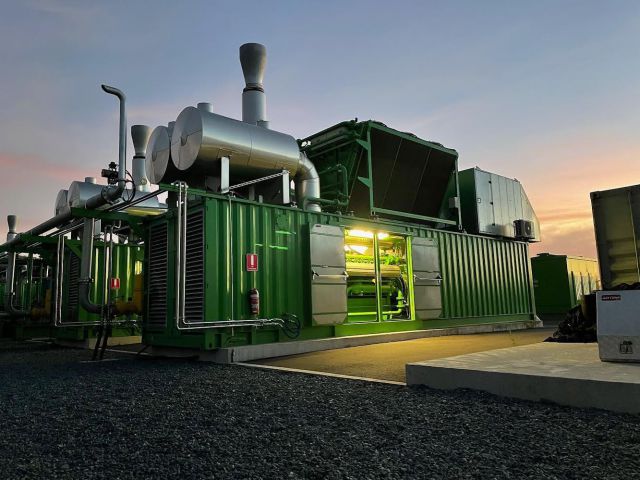








By submitting this form you agree to pv magazine using your data for the purposes of publishing your comment.
Your personal data will only be disclosed or otherwise transmitted to third parties for the purposes of spam filtering or if this is necessary for technical maintenance of the website. Any other transfer to third parties will not take place unless this is justified on the basis of applicable data protection regulations or if pv magazine is legally obliged to do so.
You may revoke this consent at any time with effect for the future, in which case your personal data will be deleted immediately. Otherwise, your data will be deleted if pv magazine has processed your request or the purpose of data storage is fulfilled.
Further information on data privacy can be found in our Data Protection Policy.